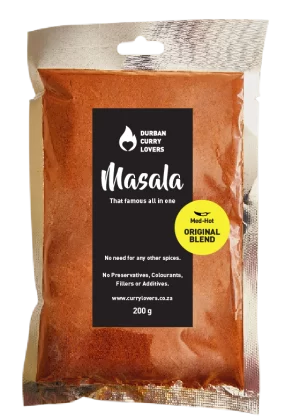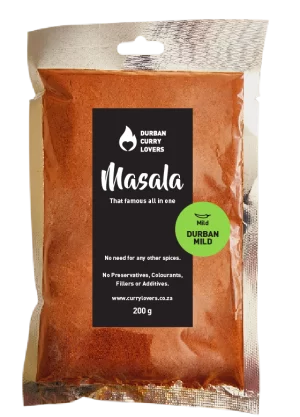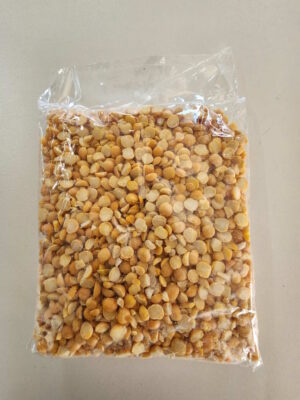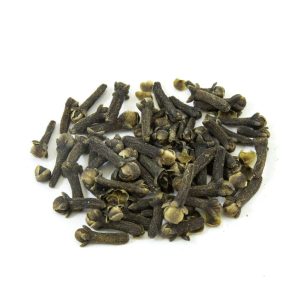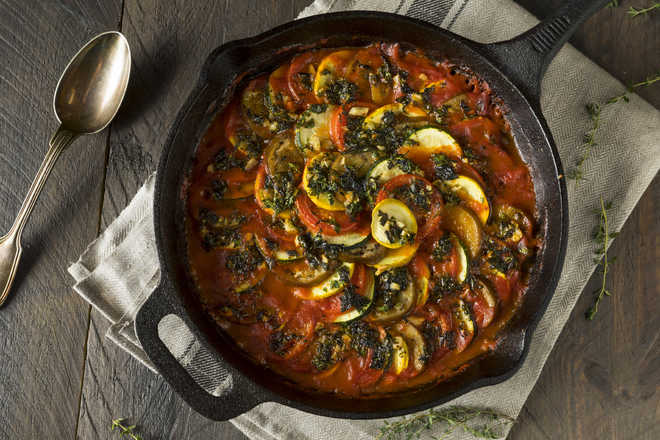
The history of curry, a globally beloved cuisine, reaches back far beyond our previous understanding. New research methodologies, combined with archaeological findings, have traced its origins to the Indus Valley civilization around 4,000-4,500 years ago. This article explores the evidence for this assertion and outlines the ingredients and preparation methods of the oldest known curry recipe.
The research journey started with the discovery at an archaeological site in Farmana, southeast of the largest Harappan city of Rakhigarhi. In 2010, archaeologists Arunima Kashyap and Steve Webber from Vancouver’s Washington State University employed starch analysis to identify a “proto-curry” from pot shards, stone tools, and dental enamel. The findings revealed a curry made of aubergine, ginger, and turmeric, among other ingredients.
Curry, it seems, has been a staple of the Indian diet for millennia, predating the arrival of Europeans in India by about 4,000 years. The earliest curry recipe consisted primarily of ginger, garlic, and turmeric. The residue of these ancient spices was identified in pottery shards and skeletons from excavations in India. The remains of these spices were dated to between 2500 and 2200 B.C., leading to the conclusion that curry may be the oldest continuously prepared cuisine on the planet.
This early curry recipe illuminates the culinary practices of the Harappan civilization and provides insight into the ancient origins of some of today’s most common spices and ingredients. It also reminds us that the art of cooking is an age-old practice, linking us to our ancestors in a deliciously tangible way.
In conclusion, the ancient origins of curry highlight the rich culinary history of the Indian subcontinent and its significant influence on global cuisine. However, it is essential to note that while this paper presents the current state of research, the field is dynamic, and future discoveries may alter our understanding. We welcome readers to contribute any additional information or insights to this ongoing exploration of our culinary past.
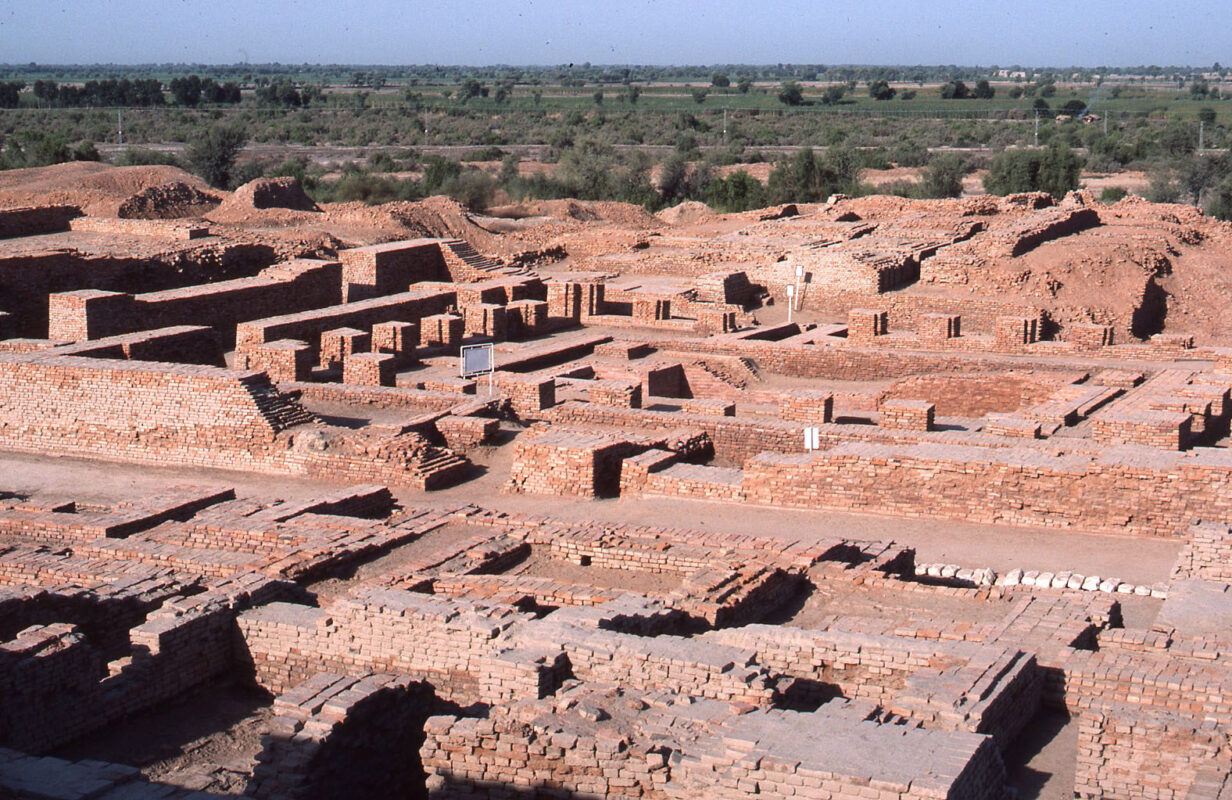
Please note: this article provides a broad overview of the topic and does not delve into specific details or nuances that might exist within the larger academic conversation. Further, the information herein is based on the sources available as of June 2023.
We’re grateful for your engagement and would appreciate any further information or insights you might have to offer in enriching this study. Please get in touch if you have any additional resources or data.
Note to the reader: The information provided in this article was sourced from publicly available resources. We made every effort to use reliable and comprehensive information, but we can’t guarantee complete accuracy. The nature of historical research is continually evolving, and new information may alter our current understanding.

